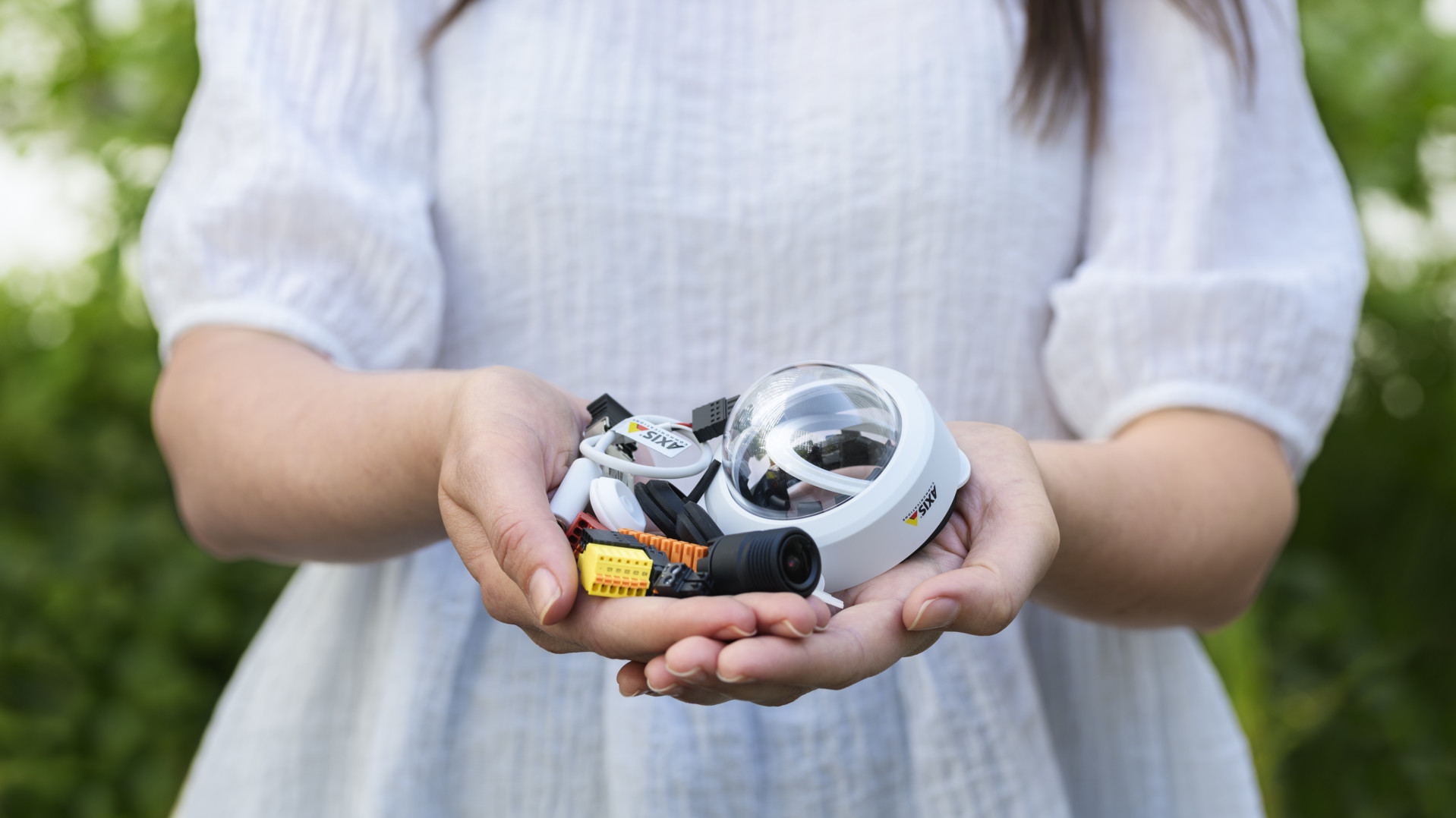Innovation, Engineering Culture
Is green plastic making the products inferior?
2024-01-22
Post by: Ulf Lundberg

Is the move towards greener plastics making the products inferior compared to using conventional plastics, or could the opposite be true?
As a mechanical engineer, the job is to make all parts work and withstand the elements they are put in. All parts have been refined through the different generations of products. Regarding the specific materials chosen, they have been carefully selected from the beginning, but mechanical engineers are like all other people, stubborn. Once we have specified a material for a certain application, we don’t want to change it. Not changing materials has worked fine through the years, but when started to change into more green plastic materials we met some challenges. To keep the same quality of the product, at the same time as making it more environment friendly.
Iterations to the final design
In one case we evaluated how to replace the material of a current part without doing any other changes. The green version of the material was very similar to the old one, but still, some of it didn’t perform in the same way anymore. It turned out that the green material was softer and more flexible compared with the old. The easy way out is, of course, to make no change and to keep everything as it has always been. But instead, we took a different approach and realized that we had new opportunities, if we designed with the change characteristics in mind.
Back to the drawing board to design parts that instead of being rigid to withstand force and not bend, could be flexible and absorb the energy. For us, to be able to make the material change on one part, the structure of the whole product needed to be reconsidered and redesigned. After redesign, finite element method (FEM) simulations were performed to see if the desired functions were met. The first try didn’t work out to our standards (which was to be expected) but the simulations showed us that we were on right track. A couple of iterations later, with even more functions added, we were satisfied with the result and could order the real parts.
Number of parts were reduced
By using green material with more flexible properties, the number of parts in the product could be reduced. The reason? The need of dampening parts was removed.
Fewer parts are better for assembly in production because it reduces the number of steps. Since fewer steps shorten the time to assemble a product, it decreases the risk of errors in assembly as well as increases the quality.
This way of working has proven to work for me in my latest product developments projects.